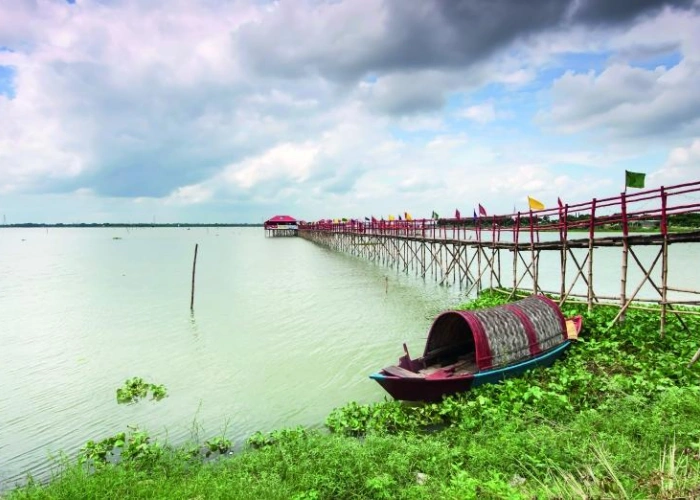Development of Saline agriculture in Egypt with Brackish Groundwater

Project scope and vision
Project overview
This project focuses on the development of saline agriculture based on brackish groundwater in Egypt. The country’s freshwater reserves are under great pressure. The growing demand for drinking and irrigation water for food production, contrasts sharply with the declining availability of suitable water. Groundwater reserves are decreasing rapidly while salinising in a rapid pace. The Nile, the main source of freshwater, is expected to supply 40% less water soon due to the completion of the GERD dam. Due to the growing demand for food, expansion and modernisation of horticulture is one of the highest government priorities. The Egyptian government entered into consultations with the Consortium to propose concrete solutions for this, noting that 20% more horticultural land is on the policy agenda. The north coast is the largest area where 600 ha of new soil must be developed for fruit and vegetables. In this area the main water source is brackish ground water Solutions with sustainable cultivation on brackish water could represent a breakthrough in the economic opportunities for Egypt and the food supply for the population. Saline agriculture with brackish groundwater in Egypt has the potential to substantially saving quality drinking water while securing enough water for food supply.
The study explores the commercial and technical feasibility of brackish water cultivation within the context of climate change and the financial and policy conditions in Egypt. The project focuses on the north coast and specifically on:
- defining the ranges of water and soil quality / quantity given for the selected
- crops and the distribution and appearance of the necessary ranges in Egypt;
- the costs for groundwater extraction and treatment examined on location and representative for the region;
- a technical design for closed and open cultivation based on multiple crops;
- the local circumstances and conditions for implementation of the concept in Egypt;
- the all-in cost price and financial feasibility for 3 to 5 crops based on cultivation with brackish water. A comparison is made with conventional freshwater cultivation;
- the strategic business model for a successful implementation of saline cultivation in Egypt.
Duration
May 2017 - August 2018